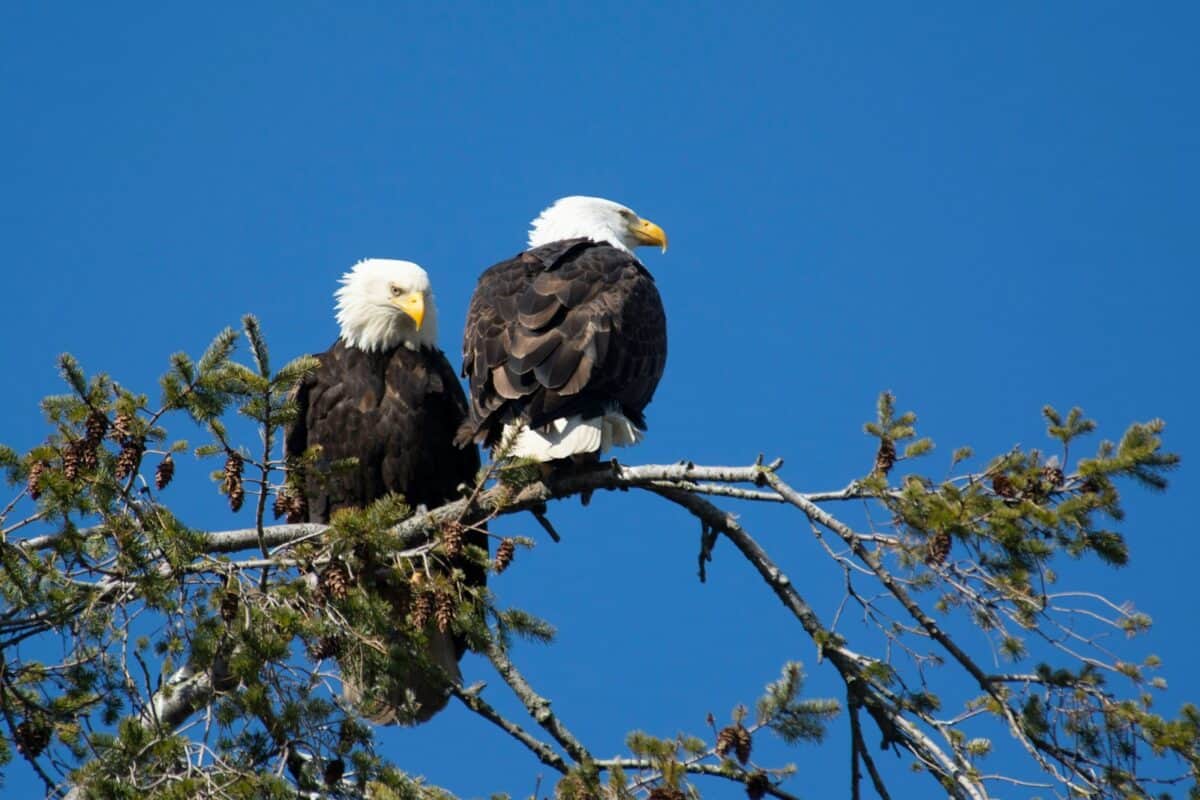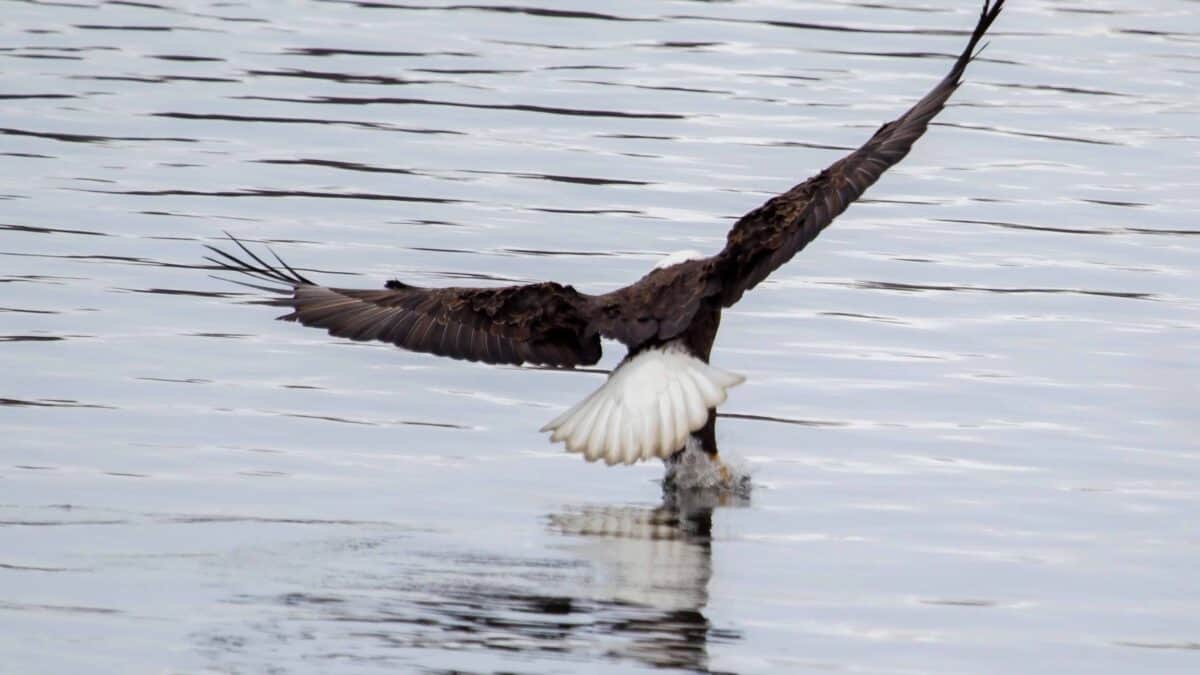The bald eagle, emblematic of freedom and strength, is not just a captivating icon of American wildlife—it is also a critical species within its ecosystem. Many people admire these majestic birds for their immense wingspans and piercing eyes, with some feeling tempted to interact with them, particularly by offering food. However, feeding bald eagles is strongly discouraged and can be detrimental to both the health of individual birds and the overall health of the species. Let’s delve into the myriad reasons why you should never feed a bald eagle.
Understanding the Bald Eagle’s Natural Diet

Bald eagles primarily feed on fish, which they skillfully snatch from water surfaces with their powerful talons. They are also known to eat small mammals, birds, and carrion when fish are scarce. This diet is balanced and provides the necessary nutrients that eagles need for survival. By understanding their dietary needs, it becomes clear that human food or altered feeding habits can be harmful to these magnificent birds.
The Dangers of Human Food

Human food is not suitable for bald eagles. Unlike their natural diet, human food is often processed and lacks essential nutrients. Feeding eagles inappropriate food can lead to malnutrition or digestive issues, as their bodies aren’t equipped to handle ingredients found in processed or cooked foods.
Dependency and Loss of Natural Hunting Skills

When bald eagles become accustomed to human-provided food, they may start depending on it, leading to a decrease in their natural hunting instincts. This dependency can impair their efficiency as hunters, making it difficult for them to find and secure food in the wild later on.
Risk of Disease Transmission

Feeding bald eagles can also facilitate the transmission of diseases. Human food or leftover animal remains can harbor pathogens unsafe for eagles. Additionally, congregating around human-provided food sources increases contact between eagles and might lead to the quicker spread of diseases like avian influenza.
Interference with Natural Behavior

When eagles are drawn into human-dominated areas due to food offerings, their natural behavior is disrupted. They might form unnatural congregations, leading to increased competition, stress, and aggressive encounters among individuals, altering their innate social structures and interactions.
Impact on Ecosystems

Bald eagles play a significant role in managing ecosystems. As apex predators and scavengers, they help control prey populations and clean the environment by consuming carrion. Disrupting their natural feeding and hunting patterns can have cascading effects on local ecosystems, harming other species and potentially leading to imbalances.
Legal Implications

In the United States, it is illegal to feed bald eagles due to their protected status under the Bald and Golden Eagle Protection Act. The law prohibits disturbing these birds, which includes feeding them and altering their natural behaviors. Violations can lead to significant fines and legal consequences.
Conservation Efforts and Education

Conservationists emphasize public education as a key strategy in protecting bald eagles. Informing the public about the dangers of feeding these majestic birds helps ensure their safety and conservation. Programs aimed at understanding bald eagle biology and ecology further stress the importance of leaving them to thrive in their natural environment.
Promoting Responsible Wildlife Observation

Instead of feeding, observers are encouraged to enjoy bald eagles from a distance, using cameras or binoculars to witness their beauty and behavior. Observing eagles without interaction allows for a natural experience while ensuring the safety and preservation of the species.
The Role of Sanctuaries and Rehabilitation Centers

For those truly interested in supporting bald eagles, engaging with wildlife sanctuaries and rehabilitation centers can be beneficial. These organizations work to rehabilitate injured eagles and release them back into the wild, following strict guidelines for care and feeding specific to their needs.
Encouraging Community Involvement

Communities can play an essential role in eagle conservation. Local initiatives that support habitat protection, reduce pollution, and promote awareness contribute to a safer environment for bald eagles and other wildlife.
The Importance of Letting Nature Be

Intervening in nature by feeding wild animals, such as eagles, often brings more harm than good. Allowing bald eagles to maintain their natural hunting patterns and interactions ensures the stability and continuation of healthy ecosystems.
While the sight of a bald eagle inspires awe and admiration, it is crucial to appreciate them in a way that does not interfere with their natural existence. By resisting the urge to feed them and supporting educational and conservation efforts, we contribute to the wellbeing of these magnificent birds and ensure that they continue to grace our skies for generations to come.
- Best Countries for Spotting Rare Big Cats in the Wild - August 9, 2025
- Jaguars Are the Only Cats That Crush Skulls—Here’s Why - August 9, 2025
- How Sloths Help Support Mini-Ecosystems in Their Fur - August 9, 2025

